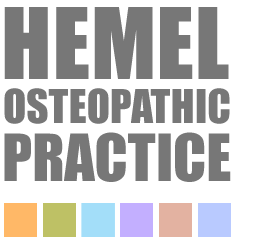Are you suffering with neck and shoulder pain?
Neck pain can take on different forms depending on which structures in the neck are involved. Muscle tension can cause tightness, restricted movement and headaches. The causes can be due to mechanical strain, injury (whiplash) or emotional stress.
Tingling, numbness and pain can refer towards the shoulder blade, or into the arm and hand. This may be caused by compression of the spinal nerves. Common causes for this are damaged discs, tight neck muscles or locked joints.
Shoulder pain and stiffness that prevents a full range of movement is a common occurrence, particularly for the middle-aged. It affects around 5% of people and is more common in women.
Frozen Shoulder Syndrome is an extremely painful and debilitating condition characterized by pain and stiffness of the shoulder. It lasts typcially for 2 and a half years.
Without treatment it typically has three clincial phases: There are three phases to frozen shoulder: Freezing (1-8 months), Frozen (9-16 months), Thawing (12-40 months).
Common Causes
- Sedentary working environments
- Poor posture maintained for long periods of time. Common examples are driving and operating machinery or computers
- The condition can be caused by tendonitis - i.e., inflammation - of one of the four tendons in the shoulder joint
Shoulder Pain, Rotator Cuff syndrome, Tendonitis, Bursitis, and Impingement Syndrome are closely related conditions that may occur alone or together. If the rotator cuff (the muscles that twist the arm) and bursae ( bags of fluid that stop the muscles rubbing on the bones) are inflamed, and swollen, they may become squeezed between the head of the humerus (upper arm bone) and the acromion (top of the shoulder blade). Repeated movement of the arms, or the aging process of the muscles and tendons of the shoulder can lead to shoulder pain. Impingement syndrome occurs when the rotator cuff tendons rub against the roof of the shoulder, the acromion.
